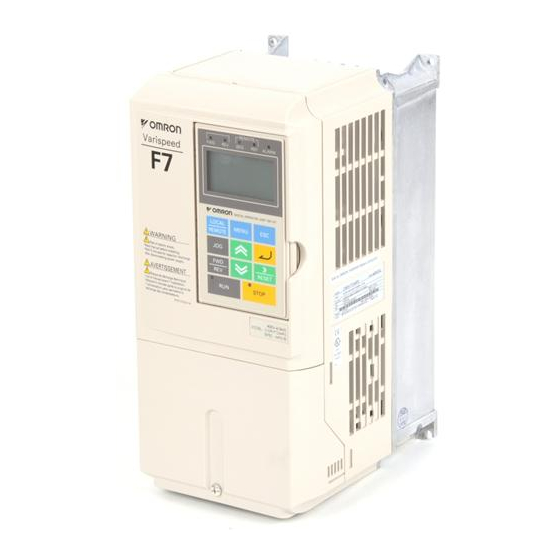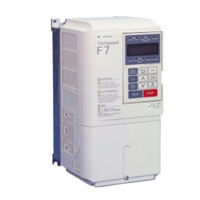
YASKAWA CIMR-F7Z Manuals
Manuals and User Guides for YASKAWA CIMR-F7Z. We have 2 YASKAWA CIMR-F7Z manuals available for free PDF download: Instruction Manual
YASKAWA CIMR-F7Z Instruction Manual (374 pages)
Current Vector Controlled, General-Purpose Inverter
Table of Contents
Advertisement
Advertisement

